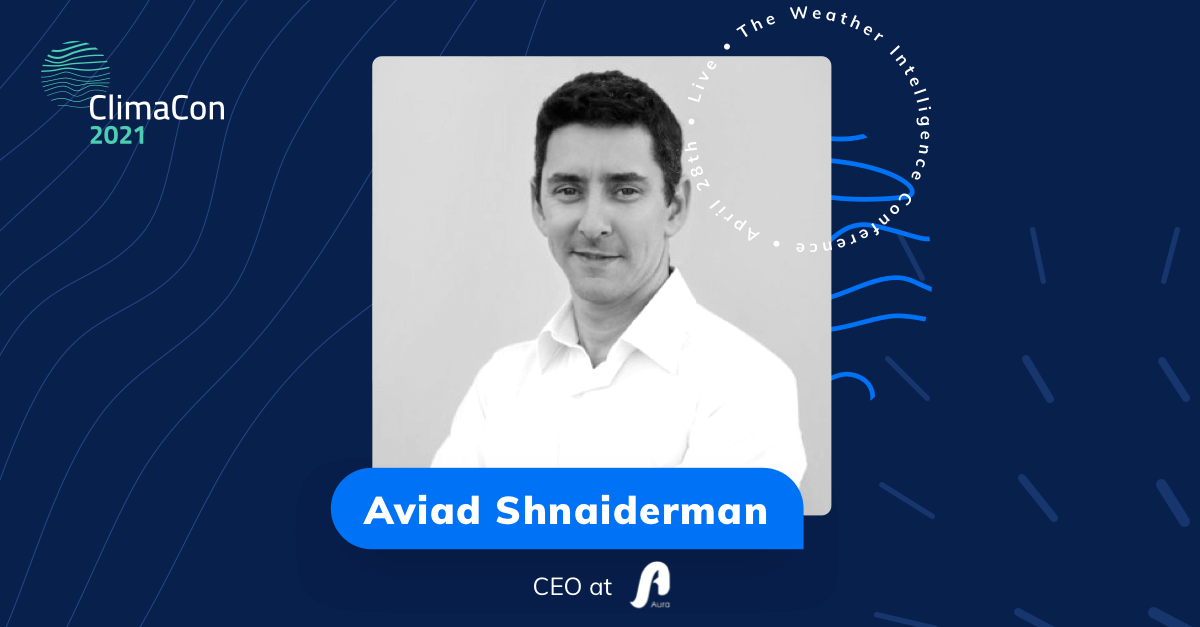Every elementary school science class learns about the air we breathe. Oxygen goes in and carbon dioxide goes out.
While oxygen makes up the majority of Earth’s atmosphere, according to NASA, it’s not the only element. Gases like argon, neon, helium, methane, krypton, and hydrogen also play a part in our atmosphere. But that can be thrown off balance with pollution and certain weather conditions, especially when it comes to major cities like Delhi, San Francisco, and Beijing that struggle with air quality.
We sat down with Aviad Shnaiderman, CEO of Aura Air, and Daniel Hagstrom, CEO of Cabin Air, during ClimaCon 2021 to talk through the pollution of air quality data and what that means for the future health and wellness of everyone around the globe.
The Impact of COVID-19 on Air Quality
With COVID-19, air quality is finally part of everyday conversation. An increase in exposure to pollutants in the air leads to a 9% increase in death among patients with COVID-19. Couple that with the airborne spread of the virus and everyone from hotel operators to offices and hospitals started paying attention to air circulation and quality.
“It’s a huge difference. Before, our business targeted that niche of people who suffer from allergy or asthma, and today, every commercial building is interested in air quality. Everyone has become a client, parents, grandparents, teachers, and more.” — Aviad Shnaiderman
Air cleaning isn’t just about pollutants or allergens anymore. It’s about ensuring the safety of everyone — and stopping the spread of airborne viruses and future pandemics.
“Every enclosed space has a certain amount of air, and that’s perfect for a virus or bacteria to spread. If we want to get back to business in a safe and efficient way, that means we need not only to clean up particles but also to figure out a way to stop germs from spreading. It’s important to be able to get fresh air and ventilate in an efficient way.” — Daniel Hagstrom
The Everyday Importance of Clean Air
The average person takes more than 17,000 breaths per day. Everywhere you go, whether it’s out to a park, commuting to work, or living at home, you’re encountering a different air environment, with different levels of risk.
One obvious place to start with better air quality is with cars. One of the top air pollutants around the world, the average passenger vehicle emits 4.6 metric tons of carbon dioxide per year. On a global level, companies like Cabin Air work to address air quality within cars and also work to lower those emissions.
“By having a hyperlocal view on air quality, which is where my vehicle is, we want to help people plan ahead. If you can avoid a wildfire situation in California, or if you’re driving into a tunnel, you want technology that can recognize that and put your car in recirculation mode to keep you safer. Or set it to automatically flush at certain intervals to eliminate bacteria or viruses.” — Daniel Hagstrom
But what about smaller interactions? Shnaiderman recalls one of their Japanese clients who complained that it was impossible for customers to belt out their favorite tunes with the poor air quality in Tokyo.
“Karaoke is so important in Japan and it’s one of the biggest forms of entertainment. We’ve installed our devices in rooms across the country because it mattered to them that they had the best possible air quality for their guests.” — Aviad Shnaiderman
The Future of Air Quality Data is Weather Intelligence
Air filtration technology is just the beginning of a safer, healthier world.
“The technology is there to make them safer. That’s what we’re here to do, to create a better, healthier environment, especially as we enter this new normal.” — Daniel Hagstrom
The more you know about air quality, the better you can protect yourself and others, whether it’s from particles, allergens, natural disasters, or disease. Tomorrow.io’s air quality offering includes both US and China EPA index parameters, along with PM<10 (dust), PM< 2.5 (not visible), Ozone (fuel+radiation), NO2, and SO2 levels. By actively visualizing air quality and using predictive analytics to understand future trends, you can breathe easier.
“People cannot see what they breathe, and getting them to understand what’s out there and why they need to do something about it is what’s going to help us change behaviors and address our changing environment.” — Aviad Shnaiderman















